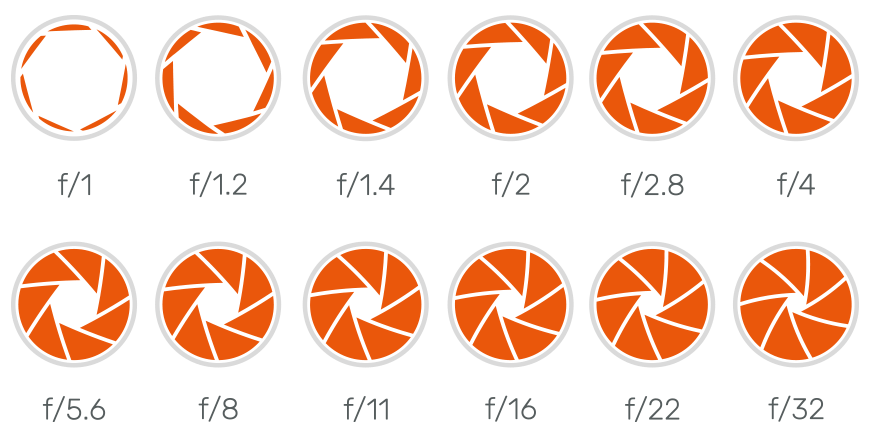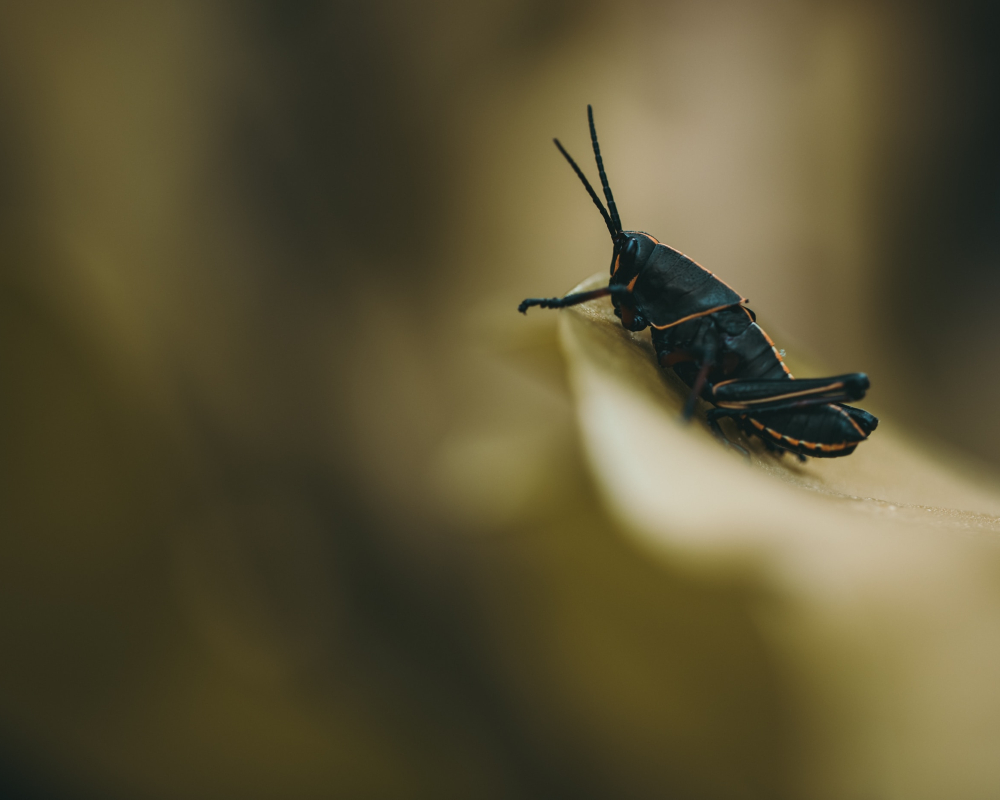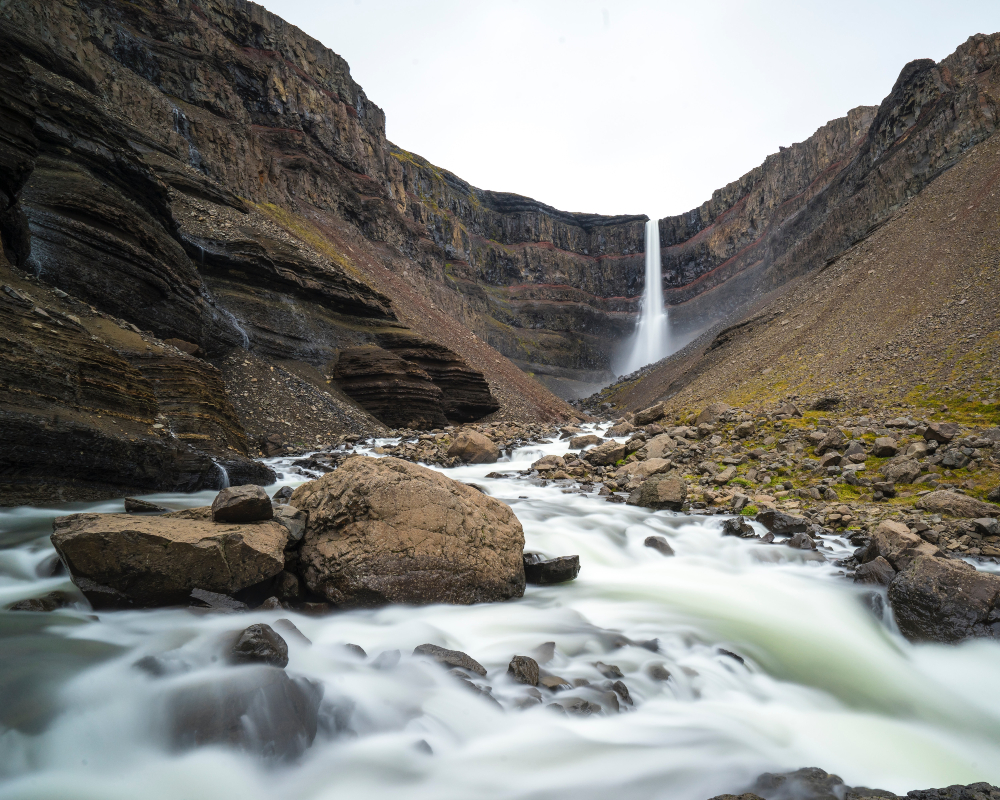
Want to set the aperture manually but haven't gotten anywhere beyond the term itself? You probably have plenty of questions. What is aperture? How does it work? What can I use it for? How do you determine the right aperture? We'll answer all these questions in this article.
Aperture | What is exposure for? | Depth of field | Settings

The term aperture relates to the lens' opening. It comprises several moving blades. These make the lens' opening smaller or bigger. This is how you determine how much light falls on your camera's sensor.
Just like your eyes
It can be compared to the pupil of your eye. In a well-lit environment, your pupils become small. You thus capture just enough light for a clear image. In a dark environment, your pupils actually become larger. So they let in more light. Thus, there is plenty to see, even in a less exposed space.
The size of the aperture is represented by a number: the F-number. Want to set the aperture? Then you need to change the F-number. The lower the F-number, the larger the lens aperture. The higher the F-number, the smaller the lens aperture.
Whether your photo is overexposed, correctly exposed or underexposed depends on the lens aperture (or F-number). The larger it is, the more light will enter. The smaller it is, the less light gets in.
In addition to aperture, shutter speed and ISO also play a role. Together, they form the exposure triangle. This captures the light falling on your subject.

It also determines the depth of field of your photo. With a large aperture, you create less depth of field. You make your subject stand out from its surroundings. Want to show more of the area? Then you want a lot of depth of field and should therefore choose a small aperture. So by playing with depth of field, you can lead your viewer to the subject you think is most important.
You're already familiar with the term but now you want to start shooting with aperture. You're just wondering which one to choose. That depends on what you want to photograph. How bright the environment is. But also what you want to focus on.

In portrait photography, you want to direct attention to your subject. You want to separate it from the background. And you don't want your viewer to be distracted. That's why you should choose a low F-number for portrait photography.

Aperture varies greatly in macro photography. Want to photograph a flower with a blurry background? Then you should choose a low F-number. Want to get a small insect in focus? Then, on the contrary, you should choose a high F-number.

In landscape photography, you want both the foreground and background in sharp focus. So there's a lot of depth of field. That's why you should choose a high F-number in landscape photography. This will allow you to capture a wide view of the landscape.
Working with the aperture might be a trial and error, but practice makes perfect! Are you still a little bit unsure? Shoot in automatic mode and find out what the aperture is with the photos you take. Then you can start to set the aperture yourself with the manual mode.
Are you getting used to setting the aperture? Try out different settings! It might make some interesting, original and spectacular photos!
Need more inspiration?
Check out our articles! We have the best tips and inspiration for you: